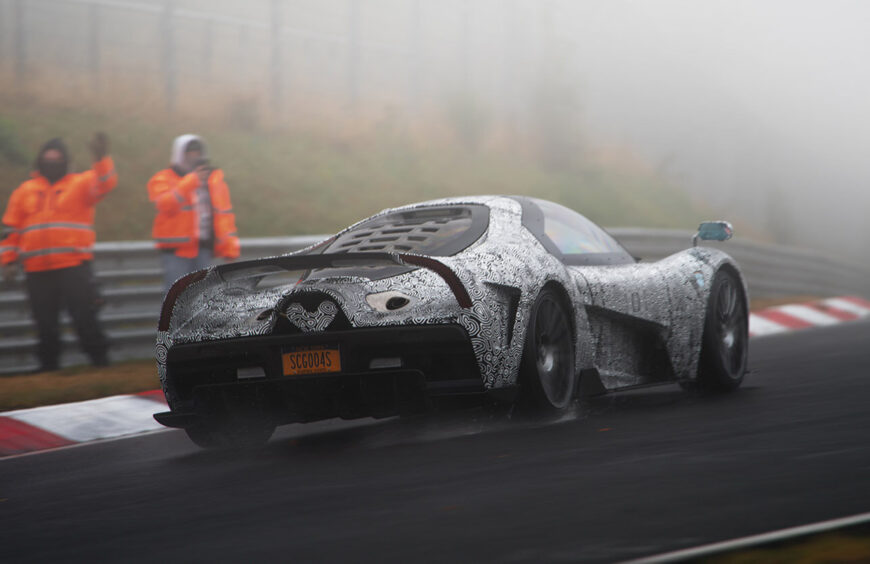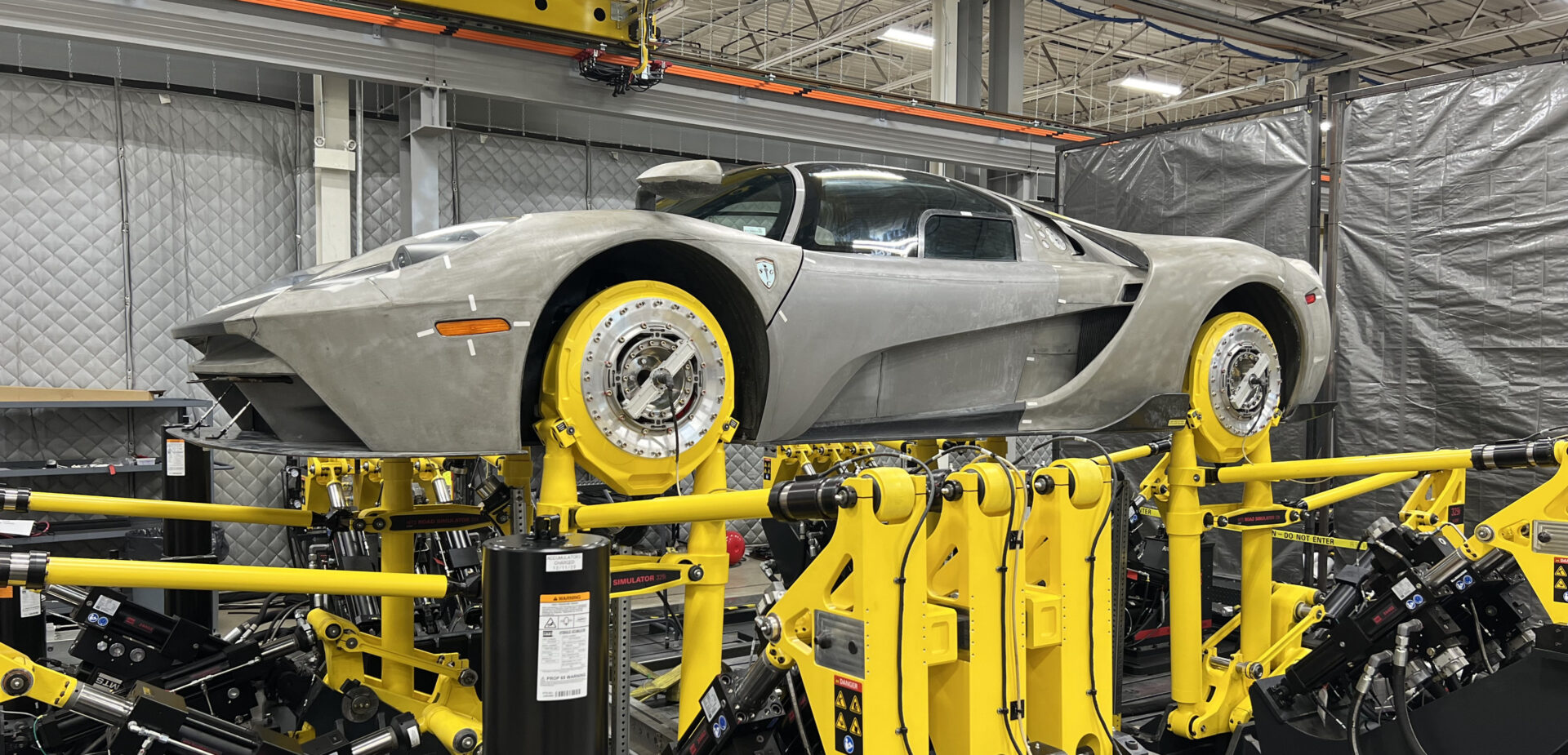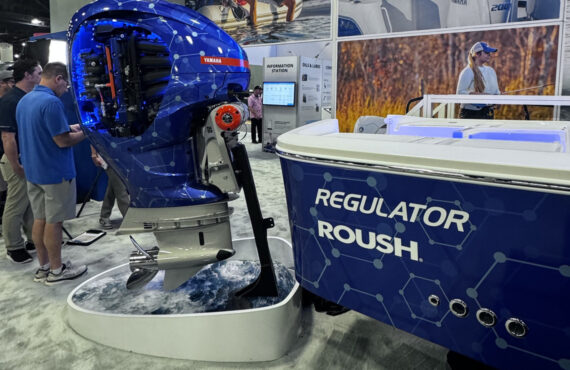From Race-Ready to Road-Ready



What was the challenge?
The SCG004 was originally designed as both an endurance race car, to compete in the 24 Hours of Nürburgring, and also as a road-legal version. With a rigid carbon fiber monocoque and suspension system tailored for intense braking and cornering forces, the vehicle was engineered for the extreme conditions of a race track. Transforming this track-oriented vehicle into a daily driver presented unique challenges. Public roads, unlike racetracks, are filled with imperfections like potholes, curbs, and rough patches that introduce cumulative fatigue to the suspension and chassis systems.
To make the SCG004 viable for daily use, the Roush Industries team aimed to ensure it could withstand 100,000 miles of typical road conditions while retaining its track-ready performance. This required significant testing and validation to confirm that the vehicle would remain durable and functional under real-world conditions.



What did we accomplish?
How Did We Test the Vehicle?
Baseline Damage Measurement
Our engineering and testing teams focused on assessing the forces and movement experienced by the vehicle’s suspension under real-world driving conditions. We created a specialized test route to emulate daily driving usage throughout the vehicle’s lifespan. This route simulated the challenges a driver would face in everyday commutes, capturing the cumulative impact of rough roads, bumps, and irregular surfaces. These measurements provided the baseline data necessary to understand the vehicle’s durability under standard road conditions.
Proving Ground Accelerated Testing
Next, we moved to an accelerated testing phase by subjecting the SCG004 to a proving ground environment. This location features rough road surfaces designed to induce more frequent damaging events, like potholes and road irregularities. This environment exposed the vehicle to greater cumulative damage, allowing us to simulate long-term road fatigue over a shorter period. The proving ground tests gave us insight into how the SCG004’s suspension and chassis responded to repeated, high-intensity impacts.
MTS 329i Spindle Coupled Road Simulator Testing
The final phase involved placing the SCG004 on our MTS 329i Spindle Coupled Road Simulator. This advanced system subjected the vehicle to a continuous cycle of measured road and proving ground loads, simulating 100,000 miles of daily driving conditions in a controlled, repeatable environment. By running the vehicle 24/7 on the simulator, we drastically reduced development time and obtained reliable data correlating to real-world usage.
Regular Testing & Proactive Solutions
Throughout testing, we conducted regular inspections to identify and remedy issues that could affect a customer’s driving experience. Iterative improvements included precise modifications to fasteners, body panels, shifters, the packaging area, and the space frame. This process ensured the SCG004 met our durability targets and could withstand daily use while remaining track-ready.
What services were provided?
Multiple Roush teams came together to assess the SCG004’s ability to withstand the rigors of daily driving. Teams included:
Design
Powertrain Engineering
Durability Testing
NVH Testing
Purchasing
Quality / Supplier Quality

What is the impact?
Scuderia Cameron Glickenhaus and Roush teams collaborated to bring SCG’s vision for the SCG004 to life. Validation testing revealed that the balanced design of the vehicle’s suspension and chassis can handle both the high-stress demands of a race track and the cumulative fatigue caused by long-term road usage. After rigorous testing and iteration, the SCG004 emerged as a road-ready, endurance-capable sports car, retaining its “track champion” identity while being durable enough for everyday driving.
More Stories
Connect with us.
Reach Out

